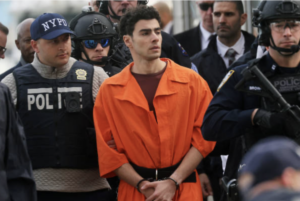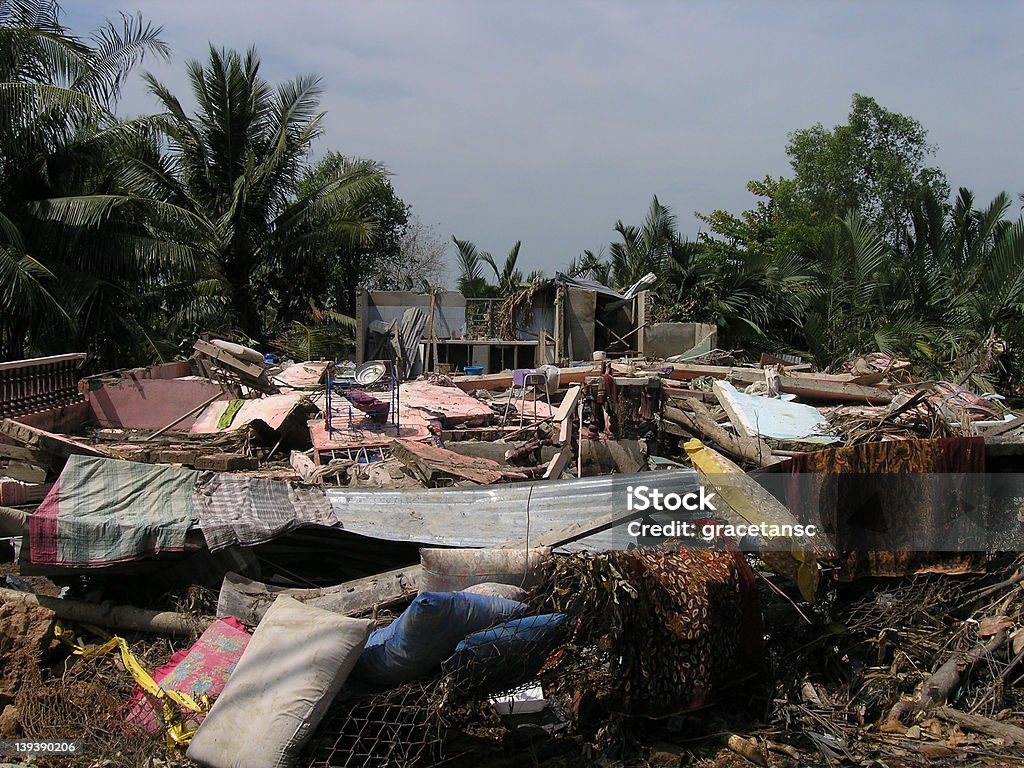A devastating earthquake
On March 28, 2025, Myanmar was struck by a 7.7 magnitude earthquake in the Sagaing region, followed by a 6.4 magnitude aftershock in the Mandalay region. These events caused massive destruction across several areas, including Shan, Bago, Magway, and Naypyidaw. The human toll is severe: over 3,471 deaths, 4,671 injuries, and 214 missing persons have been reported as of April 6, 2025. Relief efforts are hindered by limited access to areas controlled by ethnic armed organizations (EAOs), exacerbating humanitarian needs
Armed conflict and political instability
Since the military coup in February 2021, Myanmar has been engulfed in a civil war between the military junta (Tatmadaw) and various armed opposition groups. In 2025, clashes continue despite significant territorial losses for the junta. EAOs now control strategic areas on the country’s periphery, while the junta retains control of major cities. The violence has displaced nearly 3.5 million people and led to severe human rights violations, including extrajudicial killings and indiscriminate airstrikes.
Controversial elections
Despite the chaos caused by the earthquake and civil war, the military junta plans to hold national elections in December 2025. However, these elections are widely seen as an attempt at international legitimization rather than a genuine democratic transition. The exclusion of the National League for Democracy (NLD) party and restrictions on opposition participation cast serious doubts on their credibility.
Humanitarian and economic crisis
Myanmar is facing an unprecedented humanitarian crisis. Approximately one-third of the population urgently requires assistance. The economy is in recession, with a projected contraction of one percent due to conflict, natural disasters, and soaring inflation. Additionally, less than half of the population has access to electricity, while food insecurity affects over 14 million people.
Insufficient international response
The international community has condemned the junta’s actions but struggles to respond effectively to the crisis. While the UN has passed a resolution denouncing human rights violations by the military regime, the lack of coordinated intervention limits its impact on the ground. Regional actors like China play a pivotal role by supporting the junta while encouraging negotiations with certain armed groups.
Outlook for the future
Myanmar appears to be at a stalemate where neither the junta nor opposition forces can achieve a decisive victory. Possible scenarios include an escalation of conflict or increased international intervention to facilitate negotiations. Without concerted action to address humanitarian needs and foster political dialogue, the country risks descending further into chaos.
The Myanmar crisis in 2025 illustrates a complex situation where natural disasters and armed conflict combine to exacerbate human suffering. Solutions require urgent and coordinated international mobilization to prevent Myanmar from becoming a failed state with disastrous regional consequences.










